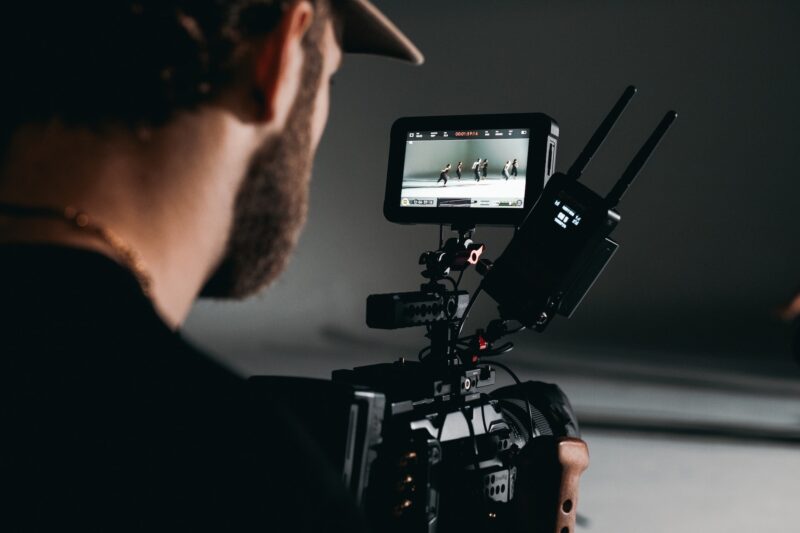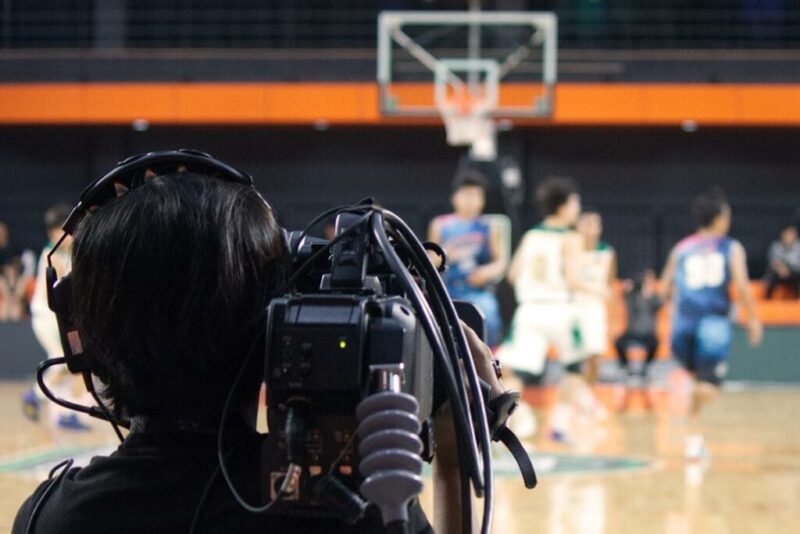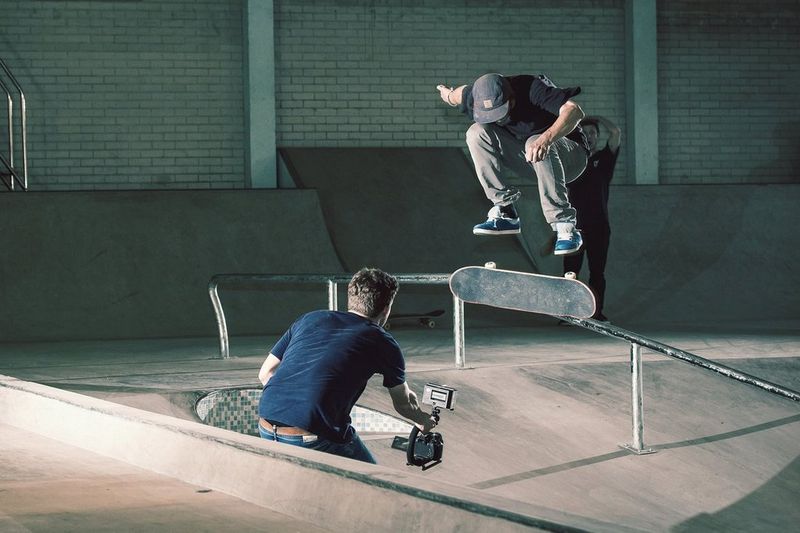As a sports enthusiast, you know that capturing your favorite games and athletes in action can be a great way to share your passion with the world. But before you can start filming, there are a few things you need to know first. In this article, we’ll take a look at some tips for filming sports indoors and out and help you get started on your next project.
Choose the right equipment

Sports photography and videography differ from other genres in that the conditions, lighting, and equipment needed to capture a successful shot can vary dramatically depending on the sport. For example, sports that are played indoors require tripod-mounted cameras for stability, while sports played outdoors often benefit from having a monopod or gimbal stabilizer. To ensure you get the best results, it’s important to choose the London headshot photography equipment for each shoot.
When selecting cameras and lenses for filming sports indoors and out, consider all of your needs – do you need a long-range lens or a wide angle? What’s your budget? Also, consider what type of mount system is most appropriate; lightweight DSLRs tend to work better with tripods and monopods while heavier camera bodies are better suited for gimbals.
Some camera options include SLR digital camera (DSLR), mirrorless digital camera, camcorder, or action camera. And when choosing lenses remember that each different sport requires its own optimal lens – there’s no one-size-fits-all solution. From telephoto zoom lenses for capturing closeups of athletes in motion on the field to wide angle lenses that fit more overall area into a single frame; take into consideration size, and weight before purchasing any lens.
Consider the environment
When considering the environment, think about both the indoor and outdoor conditions in which you’ll be shooting sports. You should also consider the physical conditions of any location such as temperature, weather, dust, wind, and brightness levels.
Look at what type of weather to expect during your shoot and plan accordingly so that your footage isn’t impacted by unexpected rain showers or extreme heat. Dust is a major issue when it comes to outdoor shoots and can really ruin a good shot if it affects your viewfinder. Make sure you have some extra lens cleaning wipes on hand so that you can immediately wipe away any foreign matter that could impact your image quality.
Wind can also disrupt the audio aspect of your film set-up so be sure to check with local media outlets before planning an outdoor shoot for updates on wind forecasts for the day of filming. Lastly, consider how much light will be present in indoor or outdoor environments as this will determine what equipment you need like cameras and lighting setup for effective footage capture.
Establish the shot list

Establishing a shot list is incredibly important for any film production. Having a clear idea of the shots you want to capture is the best way to make sure that you execute your vision and can be taught on a learning curve.
Keep in mind how the audience will view your footage. Are you making an introduction video? Are you looking for high-intensity action moments? What are some slow-motion captures that will help with transitions or add more combination of drama? It’s important to consider all aspects of your filmmaking before planning and executing your shoot.
When preparing a shot list, the key is to plan ahead and break down what kind of shots are necessary for each scene. Outline the type of camera angle that you’ll use, as well as any props or lighting you’ll need. This can include items like:
- Character introductions
- Storytelling elements
- Wide or close-up shots
- Sound bites from athletes or coaches on site
Select the right camera settings
When shooting outdoors in a bright environment, it is important to adjust your camera’s ISO set correctly to avoid over-exposure. Higher ISOs are needed on bright days while lower ones should be used when the light is more subdued; otherwise, the image will look washed out or blurry. You can also adjust your shutter speed according to your needs. For fast-paced sports, faster shutter speeds will freeze action while slower ones allow background movement and blur but produce more motion capture.
Indoor sports require less light than outdoor events so in this case manual adjustment of the aperture setting as well as other camera parameters like white balance and gain control is recommended for better shots indoors. Low ISO settings help capture motion capture without blurring or producing too much noise indoors, whereas for outdoor games (where there is plenty of light) higher ISOs might be used to prevent over-exposure to the sun’s bright rays.
Finally, ensure that you do a test shoot before beginning by varying your exposure levels and focusing on various points of view before starting actual filming. With the correct setup and execution of all these points, one can rest assured that optimal footage would be obtained regardless of the playing condition or environment of any given sport being shot!
Focus on the subject

When it comes to shooting sports or action, the key is capturing the motion. A good filmmaker can achieve this with a combination of camera movement and lens choice. To that end, it’s important to keep your subject in focus throughout the shot.
When shooting in a stadium or arena environment, you must balance the brightness and contrast of the overhead lighting and find a workable exposure setting through trial and error. Using Manual mode on your camera instead of Automatic will help with this process; however, you may end up having to rely heavily on artificial light (such as HMI panels). Consider adding LED lights on subjects such as athletes when possible; they can help provide soft fill light while also giving them some pop compared to the background environment. Keep an eye out for any exaggerated shadows from the artificial lights so that you can compensate accordingly.
Capture multiple angles
For an engaging sports video, you should be capturing multiple angles of the action. It’s best to aim for multiple shot sizes since wider shots help set the scene, mid-shots reveal action and close-ups show expressions. Capture footage from different areas around the field or court so your audience can experience a variety of angles as they follow the competition. When filming outdoors, scout out different locations beforehand so you are familiar with what each angle can bring to the story you’re telling.
Conclusion
When filming sports indoors, make sure to keep the camera as close to the action as possible. This will help you create sharp and clear footage. When filming sports outdoors, make sure to avoid strong light sources and use a good-quality filter if needed. Finally, be aware of your surroundings and always have an escape plan in case of an emergency.

